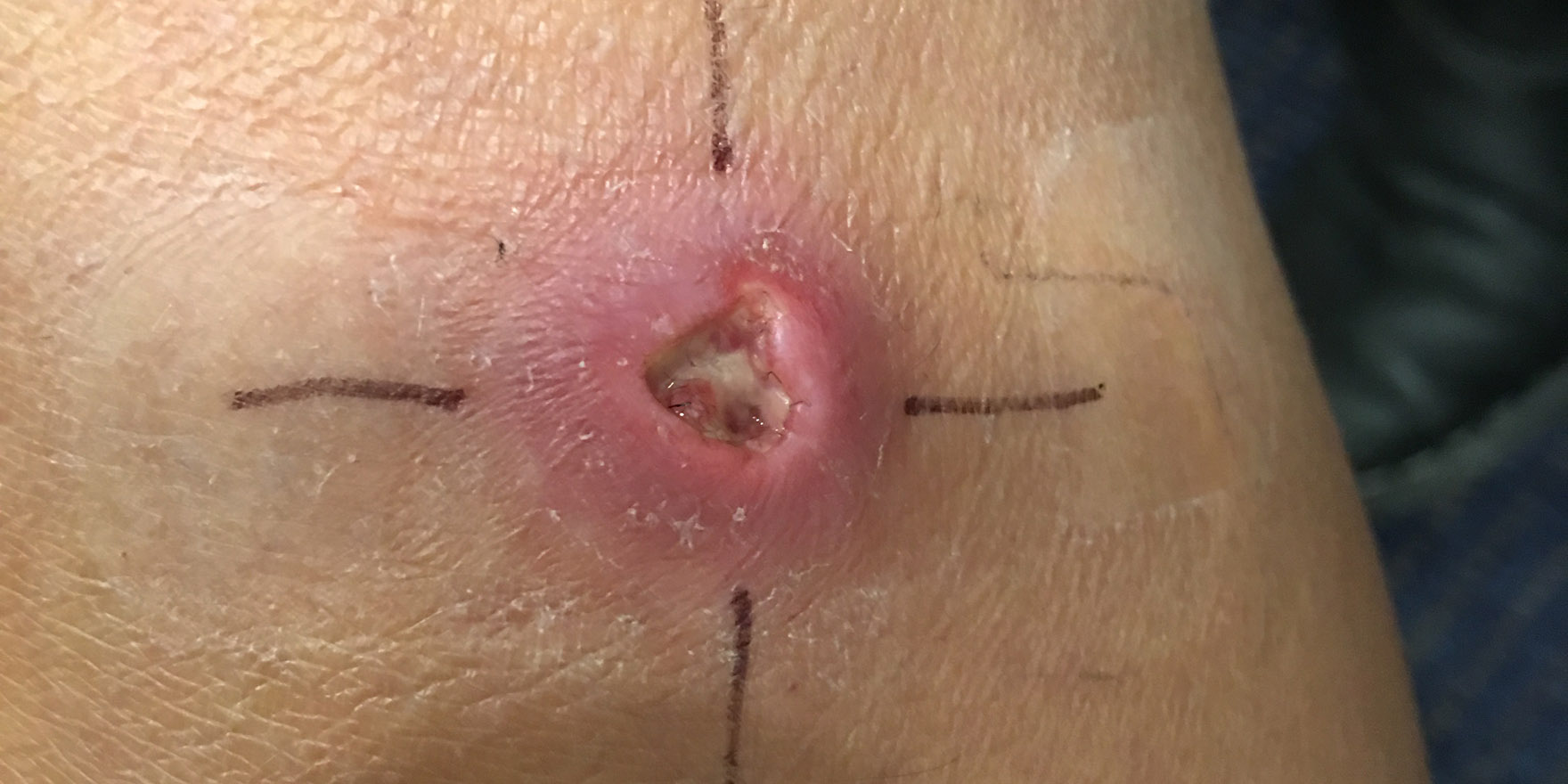Despite their devastating impact, Buruli ulcers have never received much research attention and hardly anything is known about how the infection spreads
Rates of Buruli ulcers are rising rapidly in Victoria, with a 400% increase over the past four years – and no one knows why.
Buruli ulcers are caused by a mycobacterium, Mycobacterium ulcerans, which destroys tissue locally, creating a gaping wound that can take months to heal.
“It’s really getting frightening,” Associate Professor Daniel O’Brien, who has been treating patients with Buruli ulcers for 20 years, said.
As an infectious diseases specialist at Barwon Health in Geelong, Professor O’Brien has witnessed the spread of Buruli ulcers from the Bellarine Peninsula across to the neighbouring Mornington Peninsula.
The incidence of the disease has increased at an alarming rate. In 2016, there were 182 new cases in Victoria – the highest ever reported by 72%.
The number of cases of seriously destructive ulcers has doubled over the past six years. One patient, an 11 year-old boy, developed a Buruli ulcer on his knee which took six months to heal and required plastic surgery.
Another patient, whose case was documented in the MJA, had a below knee amputation as a result of a persistent, extensive Buruli that had failed to respond to prolonged antibiotic therapy.
Buruli ulcers are treated with a combination of rifampicin and clarithromycin, antibiotics that cause side effects a quarter of patients and are not subsidised by the PBS.
“In other words, it’s a major disease,” Professor O’Brien said. “We really need to do something about it. We need to prevent it. The time for urgent action is now.”
Despite their devastating effect on patients, Buruli ulcers have never received much research attention. As a result, hardly anything is known about how the infection spreads.
The leading theory is that the mycobacterium is present in the environment, most likely the soil, and people become infected when the pathogen gets inoculated subcutaneously through a mosquito bite, a pre-existing wound, or trauma.
“It certainly seems like your exposed areas are where you get the infection,” Professor O’Brien said. “And we also have some evidence that if you cover up you are at less risk of infection.”
Other theories suggested that the mycobacterium was ingested or even inhaled, “so, it’s completely unclear”.
Mosquitoes carry the M. ulcerans infection, as do the common ringtail and brushtail possums. PCR testing revealed high concentrations of M. ulcerans in possum faeces, but it is not known whether the mycobacterium is alive or dead.
“What we don’t know is whether possums are intimately involved in the transmission cycle,” Professor O’Brien said. “Or are they, just like humans, getting infected from the environment?”
Exhaustive research into the disease ecology was urgently needed to inform public health measures, he said.
A consortium of health institutions, including Barwon Health, Melbourne University, and the Doherty Institute, recently applied to the NHMRC for $2 million in funding.
While many questions needed to be answered, the researchers’ priority would be data collection across the affected areas in Victoria, and a thorough assessment of the risk factors associated with the disease, Professor O’Brien said.
MJA 2018, 16 April


